#blackhistory2020
Text





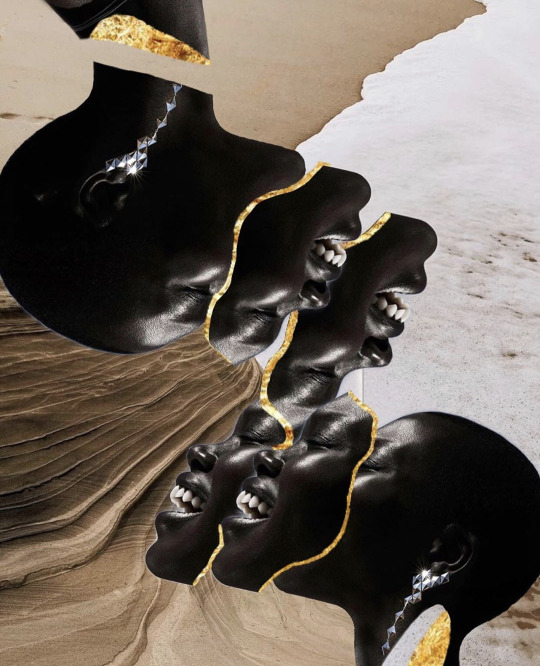

Art by @sianeh16
#blackgirlmagic#Ghana#Ghanaian#Liberia#Art#Photography#Collage#Black tumblr#Blacktumblr#Black history month#blackhistory#blackhistory365#blackhistorymonth#blackhistoryfacts#blackhistory2020#Black out#Blackout#Melanin#Darkskyn#blacklivesalwaysmatter#blacklivesmatter#blackart#black girl
2K notes
·
View notes
Photo



Black History Month 2020
Click images to enlarge.
Elizabeth Hobbs Keckley
Born as a slave in Dinwiddie County, Virginia, Elizabeth Hobbs Keckley (1818 – 1907) gained renown as a seamstress, author, and philanthropist.
Elizabeth learned to sew as a young child from her mother, Aggy, and this skill would eventually bring her freedom and success. In her late teens, she developed into an accomplished seamstress with many clients - the income from her dressmaking alone was able to support the entire family of 17 that enslaved her. More importantly, it enabled Keckley to engineer her manumission and in 1855, with her own earnings and loans from several clients, she purchased her freedom and that of her son.
After working diligently for five years to repay her patrons, Keckley and her son moved in Washington, D.C. in 1860. Keckley’s reputation preceded her, quickly resulting in commissions from several of the Capital’s leading women, including Varina Davis, the wife of future Confederate President Jefferson Davis.
Word of mouth would continue to be good to Keckley, and a rushed commission from another socialite came with an offer attached to introduce the seamstress to the First Lady. Elizabeth Keckley met Mary Todd Lincoln on March 4, 1861, the day of Abraham Lincoln's first inauguration. Soon after she would make daily visits to Lafayette Square as the First Lady's regular dressmaker.
In addition to dressmaking, Keckley assisted Mrs. Lincoln each day as her personal dresser, or modiste, and also helped Mrs. Lincoln prepare for official receptions and other social events. Known for her love of fashion, the First Lady kept Keckley busy maintaining and creating new pieces for her extensive wardrobe.
During her time with the Lincolns, Keckley became concerned with the welfare of recently freed slaves who flooded into Washington during the Civil War. In August 1862, Keckley founded the Contraband Relief Association (CRA). The CRA provided food, shelter, clothing, and emotional support to recently freed slaves and to sick and wounded soldiers. They sent funds to new freedpeople, food to other organisations feeding the hungry, and helped to place African-American teachers in newly built schools.
The Contraband Relief Association set the standards and showed the need for relief organisations to provide aid to the poor and displaced black community. The work of the Contraband Relief Association within the black community is credited with helping to create black autonomy in the years immediately following the Civil War. Keckley worked to recruit support for the association from figures such as Frederick Douglass, Wendell Phillips, and the Lincolns.
Over the course of Lincoln’s presidency, Keckley became an intimate witness to the private life of the First Family and was in almost constant close quarters with Mrs Lincoln. The two women developed an intimate friendship that was to be written in stone later that year, as they both grieved for sons who had died within seven months of one another.
Keckley would be the one person for whom the First Lady asked in the hours after her husband's assassination, and in private correspondence Lincoln would go so far as to describe Keckley as “my best living friend.” The two women maintained their close connection until the publication of Keckley's memoir in 1868.
Entitled “Behind the Scenes, Or, Thirty Years a Slave and Four Years in the White House”, the book was Keckley’s attempt to paint a sympathetic portrait of her former employer and help to restore Mrs Lincoln’s reputation, but had the opposite effect, and Mrs. Lincoln felt betrayed by her confidant. Although legend goes that the bosom friends never spoke again, Keckley would claim in later years that she and Mrs Lincoln had reconciled prior to her passing in 1882.
After being discharged from Mary Todd Lincoln’s service, Keckley continued her dressmaking business in Washington, where she also trained other African American women to be seamstresses. She kept this up until the 1892 when she accepted a position on the faculty at Ohio's Wilberforce University as head of the Department of Sewing and Domestic Science Arts and moved to Ohio. Not content with her achievements to date, within a year Elizabeth had organised a dress exhibit at the Chicago World's Fair.
Keckley would ultimately return to Washington, D.C. in the late 1890s, later dying there at the age of 89 in 1907. Presumably in ill-health at the time of her passing, Keckley died at the National Home for Destitute Colored Women and Children - a hospice funded by money she had raised for the Contraband Relief Association that she founded.
~ * ~ * ~ * ~ * ~ * ~ * ~ * ~ * ~ * ~ * ~ * ~ *~ * ~ * ~ * ~ * ~ * ~ * ~ * ~ * ~ * ~ * ~ *~
More BHM on Simblr:
@ophelia-nygmos - Nichelle Nicholls
@anotherplumbob - Rosa Parks
@oshinsims - Mae Jemison
@ice-creamforbreakfast - Tracey “Africa” Norman
@titosims - Phillis Wheatley
@cupcakegnome - Scott Joplin
@eslanes - Josephine Baker
@simscapades - Billie Holliday
~ * ~ * ~ * ~ * ~ * ~ * ~ * ~ * ~ * ~ * ~ * ~ *~ * ~ * ~ * ~ * ~ * ~ * ~ * ~ * ~ * ~ * ~ *~
After seeing the Black History Month project started by @anotherplumbob, I felt inspired to join in. Not many of Keckley’s designs or garments have survived to present day, but Mary Todd Lincoln had several photographs taken in some of her favourites. Here they are. ❤


#blackhistory2020#BHM 2020#Black History Month#Black History Month Simblr#sims of color#sims 4#the sims#ts4#s4#ts4 history challenge#s4 history challenge#ts4 edit#s4 edit#sim portraits
782 notes
·
View notes
Text

Model: love.magnet (ig)
Photographer: Kadeem Stewart
#blackgirlmagic
#blackgirlmajik#blackhistory2020#blackgirlmagic#afrohair#afropunk#naturalhappyliving#dreadlocstyles#dreadlocks#dreadhead#melanin#mixedgirlmagic#mixedgirls#mixedbabies#jamacian#jamacia#haiti#haitian#cuban#cubana#tribalprint#tribe#tribal#hairwrap#turban#drop the towel#beach towel#wrapped in a towel#diy#diy jewelry#africa
55 notes
·
View notes
Text
Modern Farmer
As many of us know, the farming life can be an epically tough vocation. And as some of will also be keenly aware, this has been more true for some than for others. Thanks to a recent scanning project, we’ve had our eye on the story of The Modern Farmer, a publication produced by the National Federation of Colored Farmers (NFCF) during a stretch of economic history that was hard for most folks in the United States—1929 through 1949—but especially so for African Americans confronting the vise of Jim Crow in the American South. As Black History Month closes out for this year, we’re pleased to share a little of what we’ve learned about this remarkable publication and the people who produced it.

Issued monthly, The Modern Farmer was first and foremost a periodical release of current news of interest to African American farming households. Its purpose: To share information that would advance the efforts of the NFCF in building the capacity of America’s black farmers to prosper. Founded in 1922 by a group of African American entrepreneurs and attorneys led by broker James P. Davis and heavily influenced by the teachings and philosophy of Booker T. Washington at the Tuskegee Institute, the NFCF had an initial early focus on building cooperatives and procurement/distribution networks. With this approach, the Federation hoped to secure reliable markets, good prices and fair interest rates for participants, attract a growing membership to these networks, and ultimately make it possible for rural black communities to take care of themselves. Over the years, as it became clear that (yet again) black farmers were being excluded from the benefits of New Deal legislation and programs, the Federation also turned attention and energy towards strengthening African American farmers' political clout.
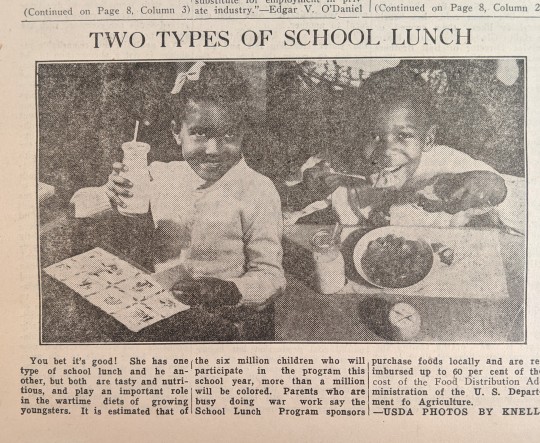
Flip through the monthly issues of The Modern Farmer across its 20 years of publication, and you can't help but be impressed with the community purpose that emanates from its lively pages. Reports of farmstead success and tragedy, pithy advice on personal care, nutrition and diet, and school news published in its pages evoke a vibrant sense of shared experience and mutual care. Announcements about scholarship programs and religious conventions publicize opportunities for personal growth. News about lynching events and racially discriminatory hiring practices at specific firms and factories inform its readership on the specific dangers and challenges (and sometimes also more hopeful breakthroughs) happening at local, state as well as national levels. Of course, the periodical’s dominant content most certainly pertains to farming, as it provided a steady feed of news relevant to farm techniques and operations (e.g. "Ladybugs Used to Save Apples from Insect Parasite"), trends in markets and product marketability (e.g. "Federal Buying of Wheat Said to Be Justified" and "Potash Improves the Baking Quality of Michigan Potatoes"), and financing ("Biggest Fund in United States History Authorized by Senate: Two Billion Dollar Credit Assures Real Relief." ). And certainly not least: Across all of its pages, a strong editorial case for the power of organizing and collective strategizing will not be lost on any reader.

Given its timing, the NFCF was not poised particularly well for success. The 1930s were, after all, years that Jim Crow was maturing to its full, noisome ripeness in the American South, adding a huge handicap to widespread African American advancement in any pretty much any industry. While the color line may have been less brutally enforced elsewhere in the United States, it remained, of course, a perniciously widespread reality in American socioeconomic life in all corners of the country. And then of course, there were financial and natural disasters that shaped the Great Depression of the 1930s. Precipitous drops in commodity prices, crushing debt, floods, dust storms, heat waves, pest plagues spelled disaster for farming communities across the United States, black or white. Finally, of critical importance: the NFCF suffered from a serious internal weakness as well. Organized and largely led by prosperous black businessmen and professionals, the Federation was faulted for not sufficiently speaking to the realities of the land-poor tenant farmers and sharecroppers who made up the bulk of the black farming community of the rural South and who ultimately saw their interests and concerns better served by sharecropper unions and more politically engaged civil rights organizations of the 1930s.

Yet the NFCF was nothing if not energetically determined in its hope of making successful collective self-help and, eventually, a greater political voice, a reality for black farmers. For a time at least, there was good reason to gain confidence about this prospect. In September 1930 "The National Federation of Colored Farmers .... reports that 500 farmers in Holmes County, Mississippi have made the first purchase of a carload of groceries and supplies through the federation. The farmers, by wholesale buying, saved 42 percent on the cost." Later that year, promising negotiations between African American merchant associations in New York City and black farmers with melon and other fruits to sell had begun. By 1939, The Modern Farmer was able to spotlight an impressive victory on its front page: The Special Assistant to the Administrator of the U.S. Agricultural Adjustment Act had been successfully enjoined to meet with the NFCF to address concerns about the Act’s deleterious effects on black farmers.

Mann Library has the good fortune of being able to offer the full run of The Modern Farmer as part of its special collections in historical agriculture. As far as we know, we may be the only library with this rare and important piece of African American history in its collection. But we’re also happy to say that you don't need to actually walk through the front doors of our building to get a look at this treasure. Thanks to a recent scanning initiative, The Modern Farmer is now available for anyone with access to a computer and the internet. We invite you to take a look at archive.org. It is worth a good, long browse, for across the lively issues of its two decade run, you will get an amazing view of unflinching determination. The history of African American farmers in the United States may be one of contending with bitterly long odds—but what materials like The Modern Farmer make clear, black farmers have never been silent, passive or submissive in working to make these odds, well, unacceptable.

Sources:
Gordon Nembhard, Jessica. Collective Courage: A History of African American Cooperative Economic Thought and Practice. The Pennsylvania State University Press, 2014.
Roll, Jarod. "The Lazarus of American Farmers": The Politics of Black Agrarianism in the Jim Crow South," in Beyond Forty Acres and a Mule: African American Landowning Families Since Reconstruction, edited by Debra A. Reid and Evan P. Bennett, Gainesville, FL: University Press of Florida, 2012, pp. 132 - 154.
The World of Jim Crow: A Daily Life Encyclopedia, edited by Stephen A. Reich. Greenwood, 2019 (https://books.google.com/books?id=ti6bDwAAQBAJ&pg=PA326&lpg=PA326&dq=Leon+R.+Harris+NFCF&source=bl&ots=skyrKCpGoq&sig=ACfU3U0u43uEPn0fRWIBhZ3u3DoMGiIcNA&hl=en&sa=X&ved=2ahUKEwjQstOJmvLnAhUZl3IEHWMIDywQ6AEwDnoECAsQAQ#v=onepage&q=Leon%20R.%20Harris%20NFCF&f=false)
40 notes
·
View notes
Text


2020.
#blackgirlmagic#black tumblr#blackhistory2020#blackout#blackhistorymonth#blackgirl#locstyles#locsforlife#dreads#dreadlocks#blackfashion#blackgirlfly#blackgirlbloggers#blackgirlskillingit#blacktumblr#melanin
34 notes
·
View notes
Text

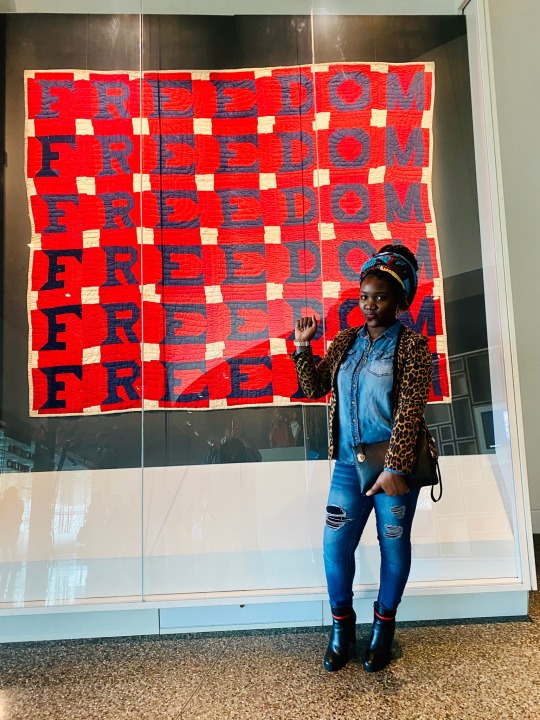
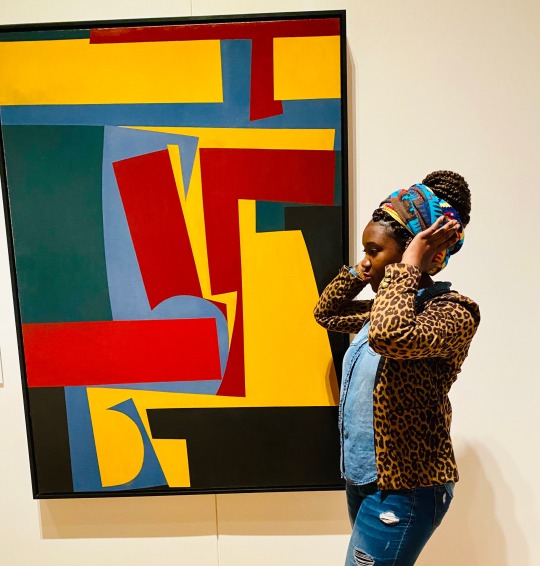
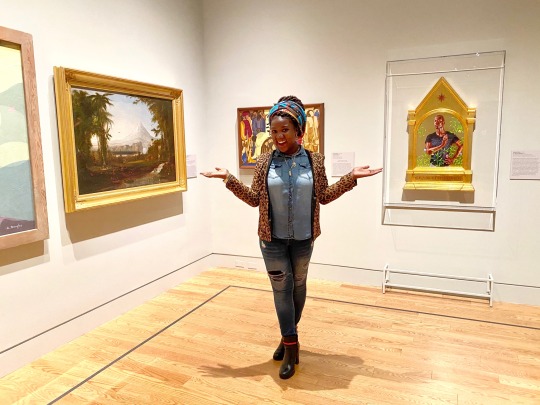



#black women#blackhistory2020#blackhistorymonth#melanin#epic#blackout#beautiful people#blackgirlsrock
34 notes
·
View notes
Text
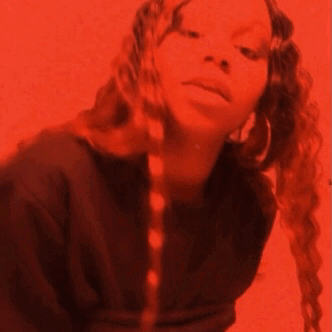

Savage Angel
#toronto#zoey amour#blackgirlmagic#made with tumblr#tumblr gifs#tumblr girl#art#tumblr#saweetie#lori harvey#blackhistoryisworldhistory#blackhistory2020#astethic#instagram#love#self care#rihanna#asap rocky#vougue#savage#angel#fallen angel#alice#rick and morty#paypal#cashapp#pay me money#partynextdoor#send me money
15 notes
·
View notes
Photo
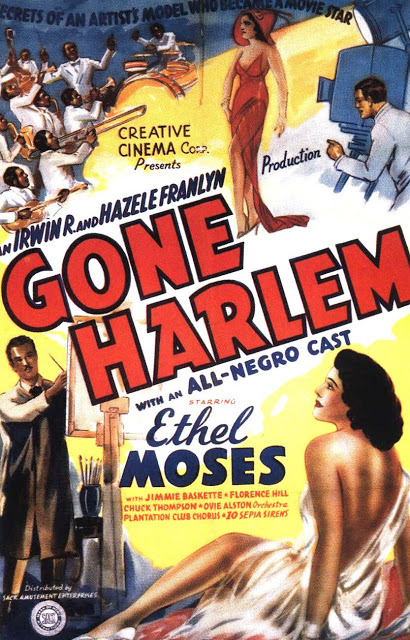
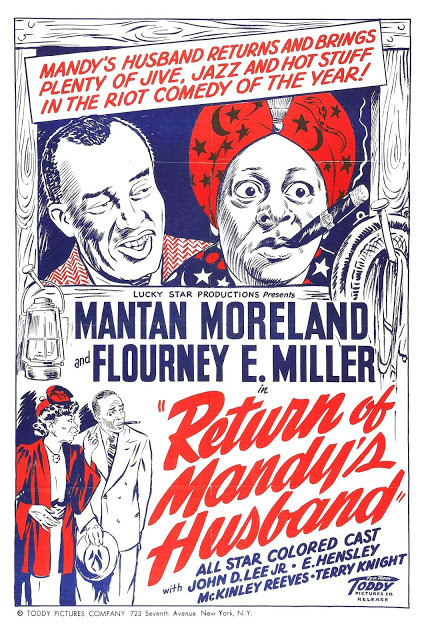
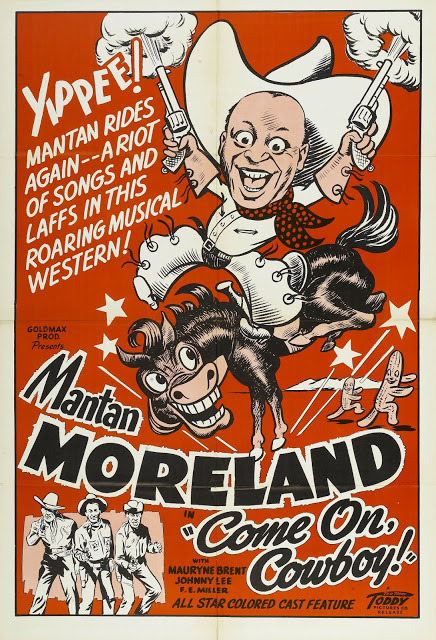


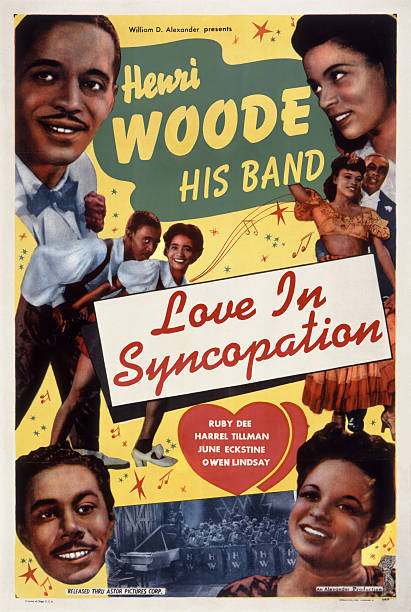
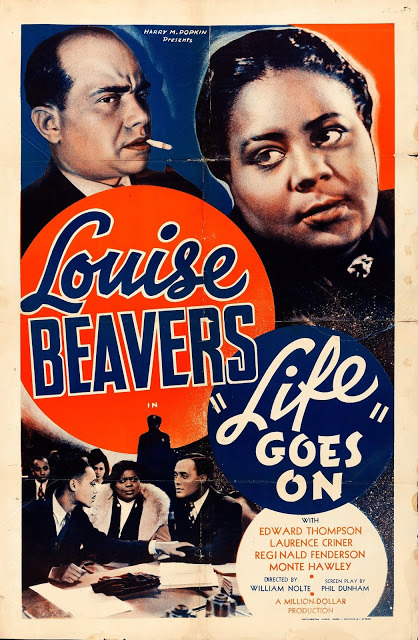
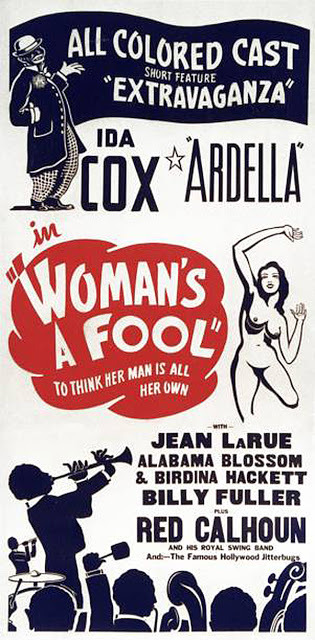


Black Hollywood, Movie Posters 30′s-50′s.
Although a lot of these Movies are lost , they are gone but not forgotten living through these beautiful posters
#Black and White#black hollywood#mantan moreland#pigmeat markham#ida cox#louise beavers#ethel moses#soul#love#black history month#blackhistory2020
10 notes
·
View notes
Text
vimeo
Short films are often not given the time of day.
This is a stunning and visually gorgeous movie made by a Black woman in Australia. This film is called "Blackbird".
Few people know about the Blackbirding Trades of Oceania but they left a significant mark on the descendants of those enslaved by White Sugar Plantation Owners. There is a rental fee but it supports a Black and Indigenous woman and her artwork. South Sea Islanders have a story that deserves to be told.
Here is a little bit of unknown Black history.
A Black Melanesian history.
#global indigenous and black community#black people#blackfella#blackfella tag#blackmagic#tw blackbirding#tw slavery#melanesians#south sea islanders#blackhistoryeveryday#blackhistoryyoudidntlearninschool#blackhistory2020#blakhistory#blakmagic#indigenous issues#indigenous genocide#black tumblr#filmography#black art#black artists#cinemetography#black cinema#Vimeo
3 notes
·
View notes
Text

#mj#michael jackson#afro#afrohair#afroamerican#black pride#blackandwhite#black hair#black power#blackhistorymonth#blackhistoryeveryday#blackhistoryyear#blackhistory2020#black history month
6 notes
·
View notes
Text


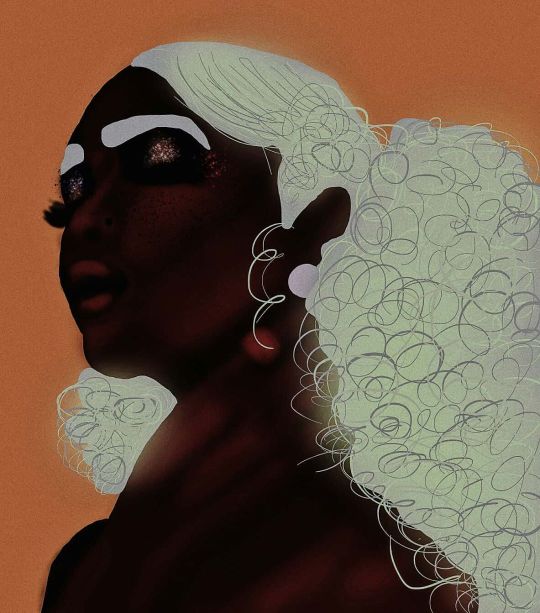
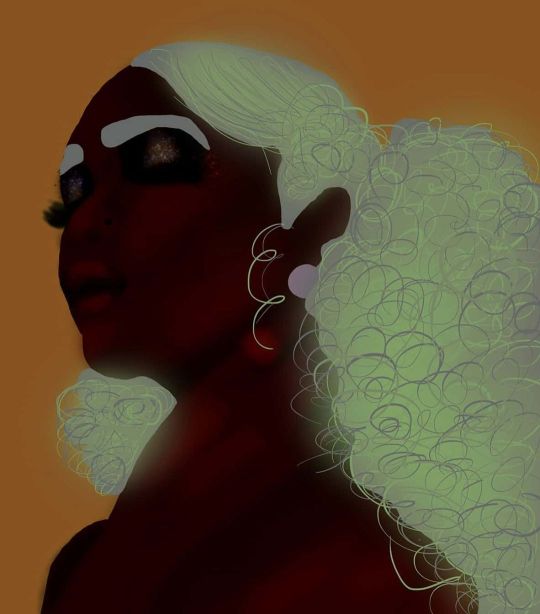
Black history month
BLACK BEAUTY
ig: @arthholic
#fan art#artwork#artist#article#art#nail art#artists on tumblr#character art#original art#artoftheday#artefact#oc art#pixel art#blackhistoryisamericanhistory#blackhistoryfacts#blackhistoryeveryday#blackhistory2020#draweveryday#girl draw#drawn#drawdrawdraw#drawing#drawdaily#draw the squad#drawthisinyourstyle#acrylic paint#paintball#painting#microsoft paint
3 notes
·
View notes
Text




Model @saintasie
Shot by @dre_djan
#Ghanaian#Ghana#ghana girls#ghanaian girl#ghana girl#African#Africa#west africa#african girls#africangirl#photography#Black tumblr#Blacktumblr#black history facts#black history 365#blackhistory2020#blackhistorymonth#blackhistoryfacts#blackhistory#blackhistoryisworldhistory#Black out#Blackout#Melanin#black woman#fckyeahprettyafricans#fckyeahbeautifulblackgirls#aesthetics#allbeautymatters#allbeautifulblackwomen#allbeautifulblackgirls
158 notes
·
View notes
Photo

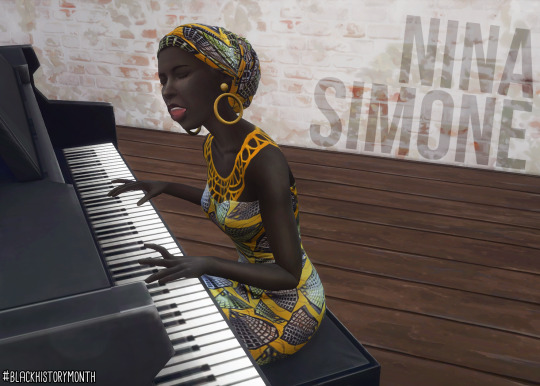



Black History Month 2020
Click images to enlarge.
Nina Simone
Eunice Kathleen Waymon (21 February 1933 – 21 April 2003), better known by her stage name Nina Simone, was an American singer-songwriter, pianist, arranger, and civil rights activist who is remembered as the “High Priestess of Soul”. Simone aspired to become a classical pianist while working in a broad range of styles including classical, jazz, blues, soul, folk, rhythm and blues, gospel, and pop.
The following short biography is quoted from Blackpast.org’s Biography of Nina Simone.
Born Eunice Kathleen Waymon in Tyron, North Carolina in 1933, Nina Simone began playing the family piano at the age of three. Her mother Mary Kate Waymon, a minister and choir director at a Methodist church in Tyron, interpreted her daughter’s gift as a God-given talent. Waymon began to study piano at age six with Muriel Massinovitch, an English pianist and Bach devotee married to a Russian painter husband. Waymon credited “Miss Mazzy” for teaching her to understand Bach; she credited Bach for dedicating her life to music. The lessons were paid for by family friends including a white couple in the town. Eunice’s father, John Divine Waymon, had been an entertainer before he chose to move his family to Tyron, a North Carolina resort town, and set up a barbershop and dry cleaners to support his family. In her autobiography – I Put a Spell on You, the Autobiography of Nina Simone – Waymon describes her relationship with her father as loving and supportive and Tyron as “uncommon” for a southern town because blacks and whites lived together in a series of circles around the center of town, which allowed them to mingle and form friendships.
Not only did her musically talented parents back their child prodigy offspring, Miss Mazzy and the entire community supported the Eunice Waymon Fund, a bank account that family, friends, and Tyron residents envisioned would allow her to become the first black American classical pianist. Over the years the fund grew large enough to support her advanced education. Waymon spent one year at Juilliard School of Music in New York, where she studied with Dr. Carl Friedburg. She had planned to attend the Curtis Institute of Music in Philadelphia, Pennsylvania, but failed the recital entrance performance and was not admitted. Convinced that she was rejected on racial grounds, she changed her life direction.
Indicative of this change was her invention of a stage name. She chose “Nina,” a nickname given to her by a former boyfriend, and “Simone” after the French actress Simone Signoret. Nina Simone soon began performing in jazz clubs. Her powerful stage presence and soulful voice attracted the attention of the recording industry. She was signed by the Bethlehem label in 1957. Her 1958 hit “I Loves You Porgy” sold a million records.
Over the next four decades Simone recorded more than forty albums with Colpix, Philips, RCA, and other labels. Her mesmerizing alto voice was aptly described by jazz critic Adam Shatz of The Nation as “impossibly deep yet unmistakably feminine, lacerating in its intensity yet also capable of disarming tenderness. To listen to her voice was to feel almost hijacked by its power.”
Influenced by the civil rights movement in the 1960s, Simone became known as the “Singer of the Black Revolution.” She composed and recorded a number of songs with political protest themes including “To Be Young, Gifted and Black”, “Old Jim Crow”, “Why? (The King of Love Is Dead)”, “Backlash Blues” and “Mississippi Goddam”. Simone collaborated with close friends Langston Hughes, James Baldwin, and Lorraine Hansberry to financially support the movement and took part in marches and spoke and performed at civil rights rallies.
In the early seventies, disillusioned by life in the United States, Simone divorced her manager-husband Andrew Stroud and moved first to Barbados and then to Liberia, Switzerland, and the Netherlands before finally settling in France in 1992. Simone remained there until her death in 2003. Her 1993 autobiography I Put a Spell on You was made into a French documentary, Nina Simone: La Legende. Nina Simone died at her home in Carry-le-Rouet France on April 21, 2003.
~ * ~ * ~ * ~ * ~ * ~ * ~ * ~ * ~ * ~ * ~ * ~ *~ * ~ * ~ * ~ * ~ * ~ * ~ * ~ * ~ * ~ * ~ *~
More BHM on Simblr:
@ophelia-nygmos - Nichelle Nicholls
@anotherplumbob - Rosa Parks
@oshinsims - Mae Jemison
@ice-creamforbreakfast - Tracey “Africa” Norman
@titosims - Phillis Wheatley
@cupcakegnome - Scott Joplin
@eslanes - Josephine Baker
@simscapades - Billie Holliday
@pandorasimbox - Elizabeth Hobbs Keckley
@utamuse - Harriet Tubman
@boomchicapopdatsims - Shirley Anita Chisholm
~ * ~ * ~ * ~ * ~ * ~ * ~ * ~ * ~ * ~ * ~ * ~ *~ * ~ * ~ * ~ * ~ * ~ * ~ * ~ * ~ * ~ * ~ *~
Footnotes:
The music of Nina Simone was a regular sonic undercurrent in my house as a child. The context for her music, however, was entirely absent. It wasn’t until my adulthood that I was confronted with my own ignorance about the reality of Simone’s life, and her very important role in the Civil Rights Movement. I will never forget how I felt after I heard her powerful and righteous defiance on “Four Women”, nor her gut-wrenching rendition of “Strange Fruit”, and I know I’m not alone. Nina Simone’s legacy may a complicated one, but it is undeniable.
#blackhistory2020#BHM 2020#Black History Month#Black History Month Simblr#sims of color#sims 4#the sims#ts4#s4#sim portraits#ts4 edits#s4 edits#celebrity sims
329 notes
·
View notes
Text
We Need More Black Dermatologists, ASAP
the historical context behind black skin has been very controversial for many years, yet somehow our melanin will ALWAYS remain poppin. I can recall one instance during my pre-teen years where my acne was really bad and I had to be prescribed some medicated acne product in order to get rid of it. one of the primary cautions on the product stated that it “may cause bleaching” to the skin and I was utterly confused because why on Earth would my doctor decide to prescribe me something that had the possibility of altering my skin complexion? thinking about it now I realize how much the field of dermatology lacks diversity, especially when it comes to dealing with Black people.
as Black people we know how beautiful our melanin glows in the sunshine and how our shades will gradually change depending on the season, but with that being said we still have to take extremely good care of our skin regardless of how strong it may appear to be. did you know that Black people diagnosed with melanoma have a 65% fiver year survival rate compared to their White counterparts who have about 90%? I know I made a whole post about the lack of sufficient care towards Black patients in some of my previous posts, but specifically in terms of skin care, there is the false common belief that Black people aren’t able to develop skin cancer. yes our melanin has protective measures to decrease our likelihood of getting melanoma, but that does not mean that we’re in the clear.
there is a great need for Black dermatologists and sadly there is a huge gap due to the financial strains and the competitiveness of the field. a friend of mine shared an article with me titled “Why Aren’t There More Black Dermatologists?”, and throughout the article they discuss the difficulties of getting into Dermatology programs along with how expensive it can become overtime. there definitely needs to be ways to make these programs more accessible to Black medical students who are interested in the field, along with making it more affordable. having more people who look like us, providing us with valuable information would not only improve our health, but also give us a sense of comfort when going to the doctor.

on the other hand, I would like to give a shoutout to a Black-Owned Business whose products I’ve been using for some weeks now. it’s all natural, handmade products that will leaving you glowing like the beautiful diamond that you are!
@ayannas.infusions on IG will get your skin bright for the right price! do me a favor and check her out, you won’t regret it!
another shoutout to a Black Dermatologist that I have recently found on Instagram @brownskinderm ! she posts so many tips and products that are helpful SPECIFICALLY for our skin, go check her out as well!
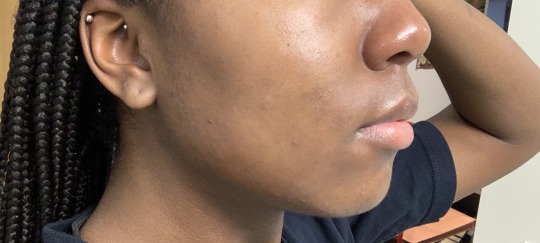
#blackskin#healthcare#blackhealthcare#blackhealth#healthyskin#blackdoctors#BlackMen#blackwomen#blackhistory2020
3 notes
·
View notes
Video
youtube
Black History Themed "GRWM"| Happy Black History Month
#Blackhistorythemedmakeup#happyblackhistorymonth#blackhistory2020#theerealarmani#inspiredby#blackhistoryforever#black history matters#bhcosmetics#colourpopcosmetics#crochethairstyles#braidedhairstyles#naturalhairstyles
2 notes
·
View notes
Link
Ashley Rodwell date draft by bob-dude
Script format is just a placeholder hence why it’s shit looking. :(
2 notes
·
View notes